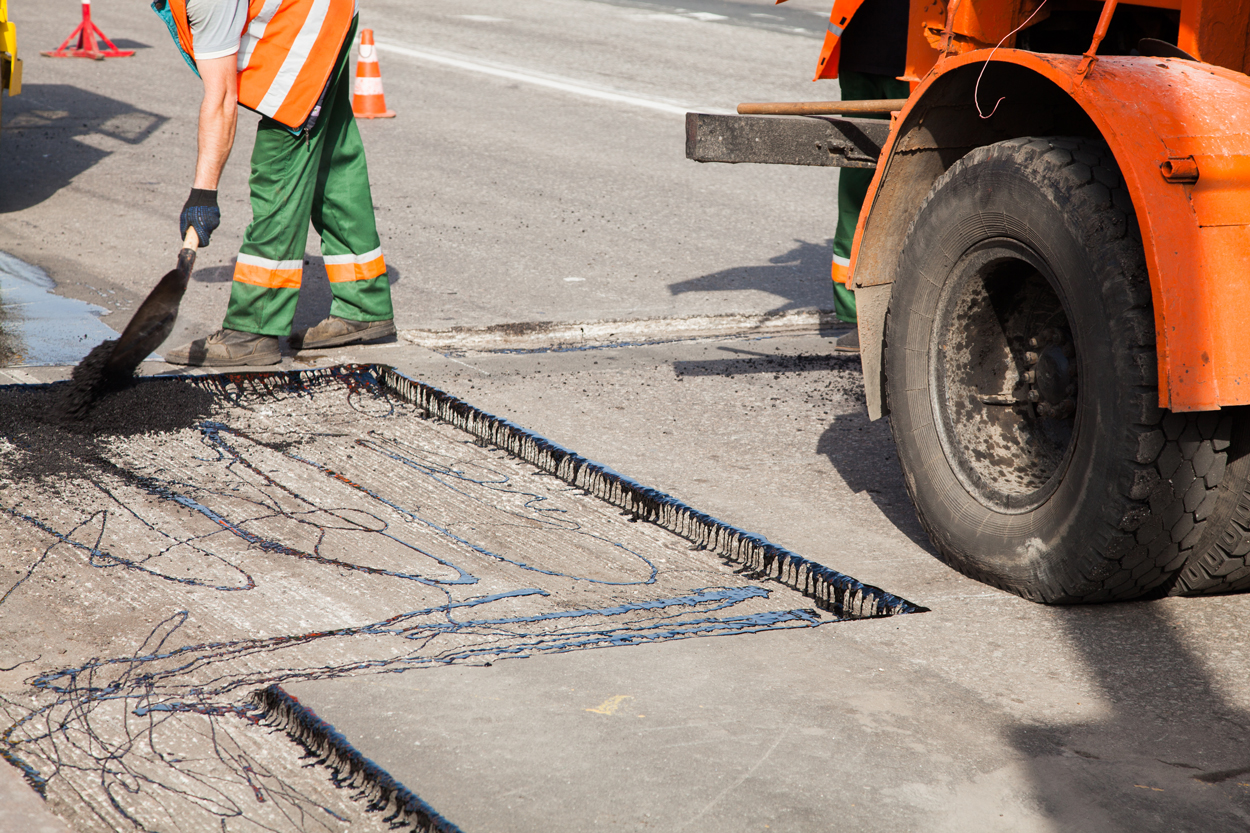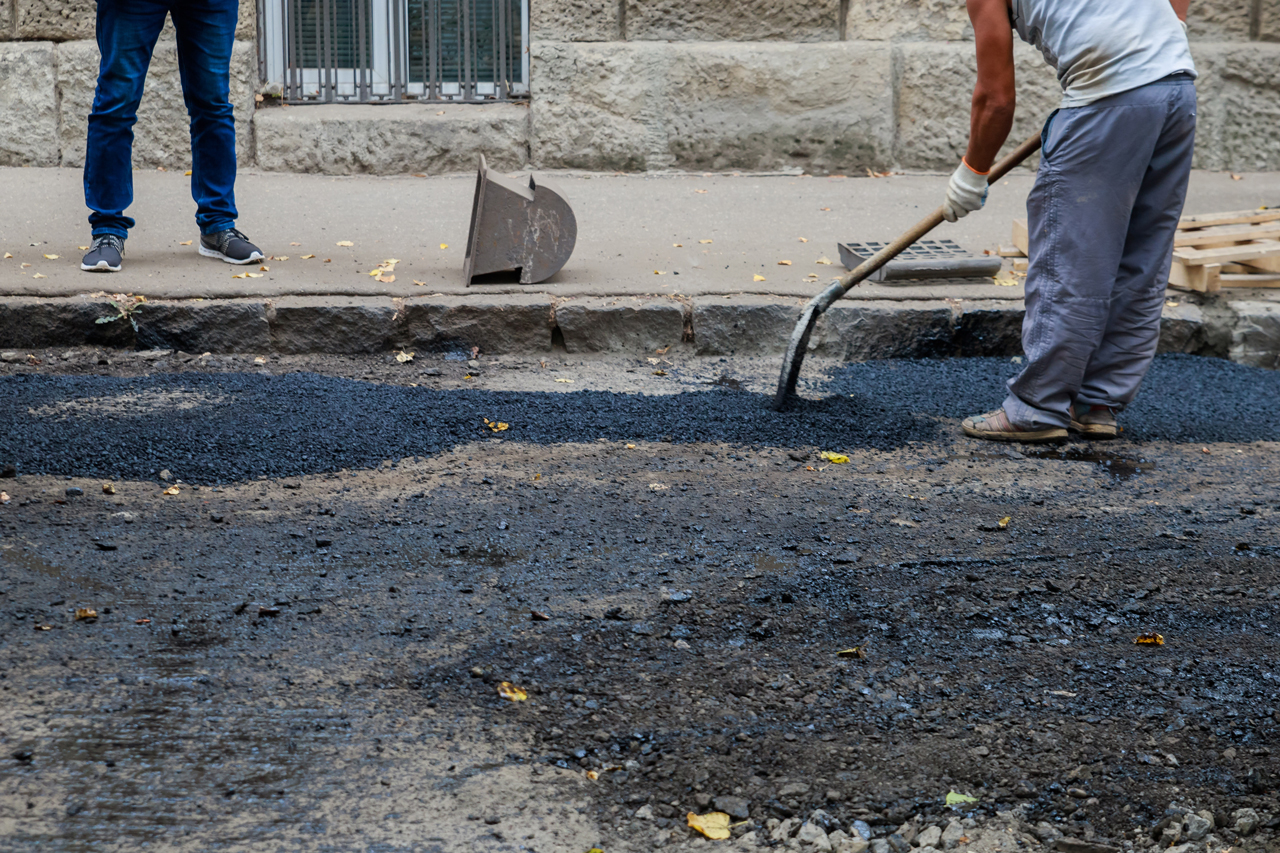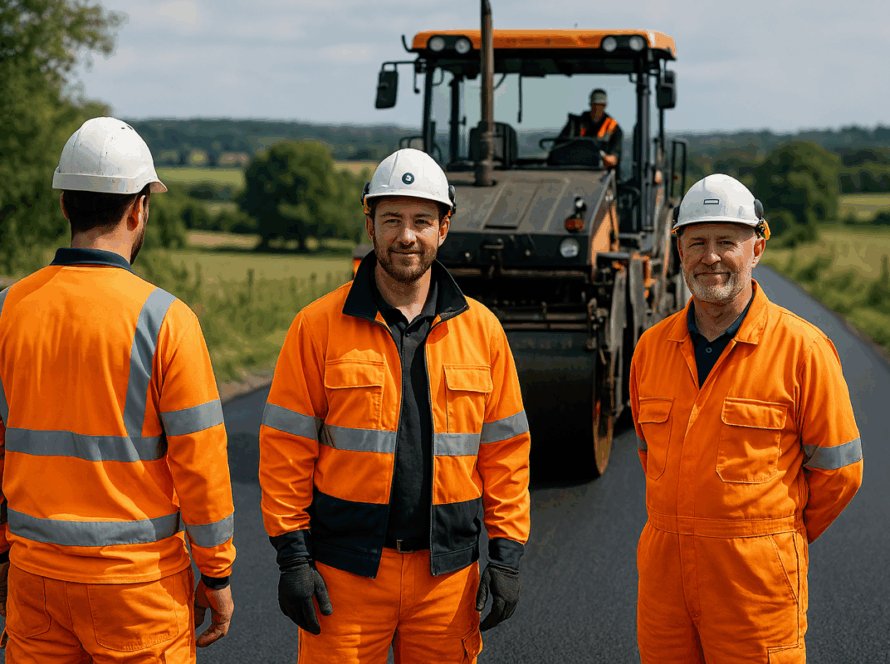Road Surfacing in Hertfordshire: Maintaining Safe and Efficient Highways
Hertfordshire, a county located in the East of England, is known for its well-maintained road network. The local authorities prioritize road surfacing to ensure the safety and comfort of motorists, cyclists, and pedestrians. This article explores the various aspects of road surfacing in Hertfordshire and the efforts made by the county to keep its highways in top condition.
The Importance of Road Surfacing
Road surfacing plays a crucial role in maintaining the integrity and longevity of Hertfordshire’s roads. By regularly resurfacing roads, the county aims to:
- Prevent potholes and cracks from forming
- Improve skid resistance, especially in wet conditions
- Reduce road noise and vibrations
- Enhance the overall driving experience for road users

Types of Road Surfacing Used in Hertfordshire
Hertfordshire County Council employs various types of road surfacing techniques, depending on the specific requirements of each road. Some of the most common methods used include:
1. Hot Rolled Asphalt (HRA): This traditional surfacing method is known for its durability and resistance to deformation. HRA is often used on high-traffic roads and provides a smooth, quiet riding surface.
2. Stone Mastic Asphalt (SMA): SMA is a high-performance surfacing material that offers excellent skid resistance and reduced road noise. It is commonly used on motorways and A-roads in Hertfordshire.
3. Surface Dressing: This cost-effective method involves spraying a layer of bitumen onto the road surface and then covering it with aggregate chippings. Surface dressing helps to seal the road, prevent water ingress, and improve skid resistance.
4. Micro-Asphalts: Micro-asphalts are thin, cold-applied surfacing materials that are used to extend the life of roads with minor defects. They are quick to apply and cause minimal disruption to traffic.
Hertfordshire’s Road Surfacing Programme
Hertfordshire County Council has a comprehensive road surfacing programme in place to maintain the quality of its highways. The programme involves:
- Regular inspections to identify roads that require resurfacing
- Prioritizing resurfacing works based on factors such as road condition, traffic volume, and safety concerns
- Coordinating with utility companies to minimize disruption during resurfacing projects
- Utilizing advanced technology, such as road condition surveys and asset management systems, to make data-driven decisions

“We are committed to providing a safe and well-maintained road network for all users in Hertfordshire. Our road surfacing programme is a key part of this commitment, and we are continuously exploring new technologies and methods to improve the efficiency and effectiveness of our resurfacing works.” – Hertfordshire County Council Spokesperson
Sustainable Road Surfacing Practices
In recent years, Hertfordshire County Council has been adopting more sustainable practices in its road surfacing operations. Some of these initiatives include:
- Using recycled materials, such as reclaimed asphalt pavement (RAP), in the production of new asphalt mixes
- Implementing warm mix asphalt technologies, which reduce energy consumption and carbon emissions during the manufacturing and laying process
- Exploring the use of permeable asphalt to improve drainage and reduce the risk of flooding on roads
By embracing these sustainable practices, Hertfordshire aims to reduce its environmental impact while maintaining high standards of road surfacing quality.
Collaboration with Stakeholders
Hertfordshire County Council works closely with various stakeholders to ensure the smooth delivery of its road surfacing programme. These stakeholders include:
- Local residents and businesses
- Parish and town councils
- Emergency services
- Public transport operators
- Utility companies
Through effective communication and collaboration, the county council aims to minimize disruption during resurfacing works and address any concerns raised by stakeholders.

Conclusion
Road surfacing is a vital aspect of maintaining Hertfordshire’s highway network. By investing in regular resurfacing works and adopting innovative technologies and sustainable practices, the county council ensures that its roads remain safe, efficient, and comfortable for all users. As Hertfordshire continues to grow and develop, its commitment to high-quality road surfacing will play a crucial role in supporting the county’s economic and social well-being.



